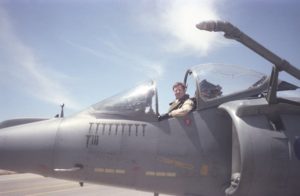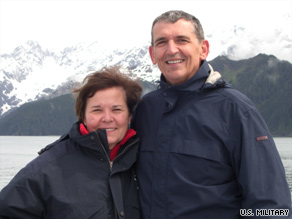I spend a lot of time talking with military service members and veterans about what they might do after their time in the service.
Generally speaking, the conversations all have similar themes.
They want to do something important with a mission. They want to do something that takes advantage of their leadership skills, they want to grow something, and oftentimes they are tired of working for somebody else.
Veterans bring incredible talents to startups. They are hard-working, smart, driven, determined and armed with just enough naivety (read crazy) that they are not afraid to go start and build a company. The challenge for many is to come up with a good idea (that has real potential and is scalable) and translate that into action. (Keep thinking… you will find it)
I often recommend that they read Jan Collmer’s book, “Go Start Something”. (Link below)

Jan was a successful Veteran entrepreneur himself – and a spectacular one. He founded several successful businesses in the Dallas area and was the Founding Father of the Frontiers of Flight Museum at Dallas Love Field. He also gave thousands of airplane rides to kids inspiring many to go on to a career in STEM.
He wrote his book to help potential entrepreneurs get their mind around starting a company and growing it successfully. I highly recommend the read to anyone thinking about starting something.
Go start something: https://www.amazon.com/Go-Start-Something-Live-Life/dp/1469763699
Frontiers of Flight Museum: https://www.flightmuseum.com/




 Most leaders love working with people. I sure do.
Most leaders love working with people. I sure do.